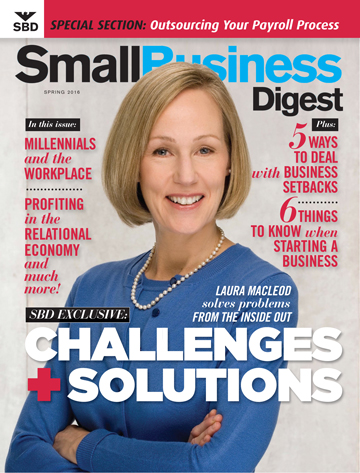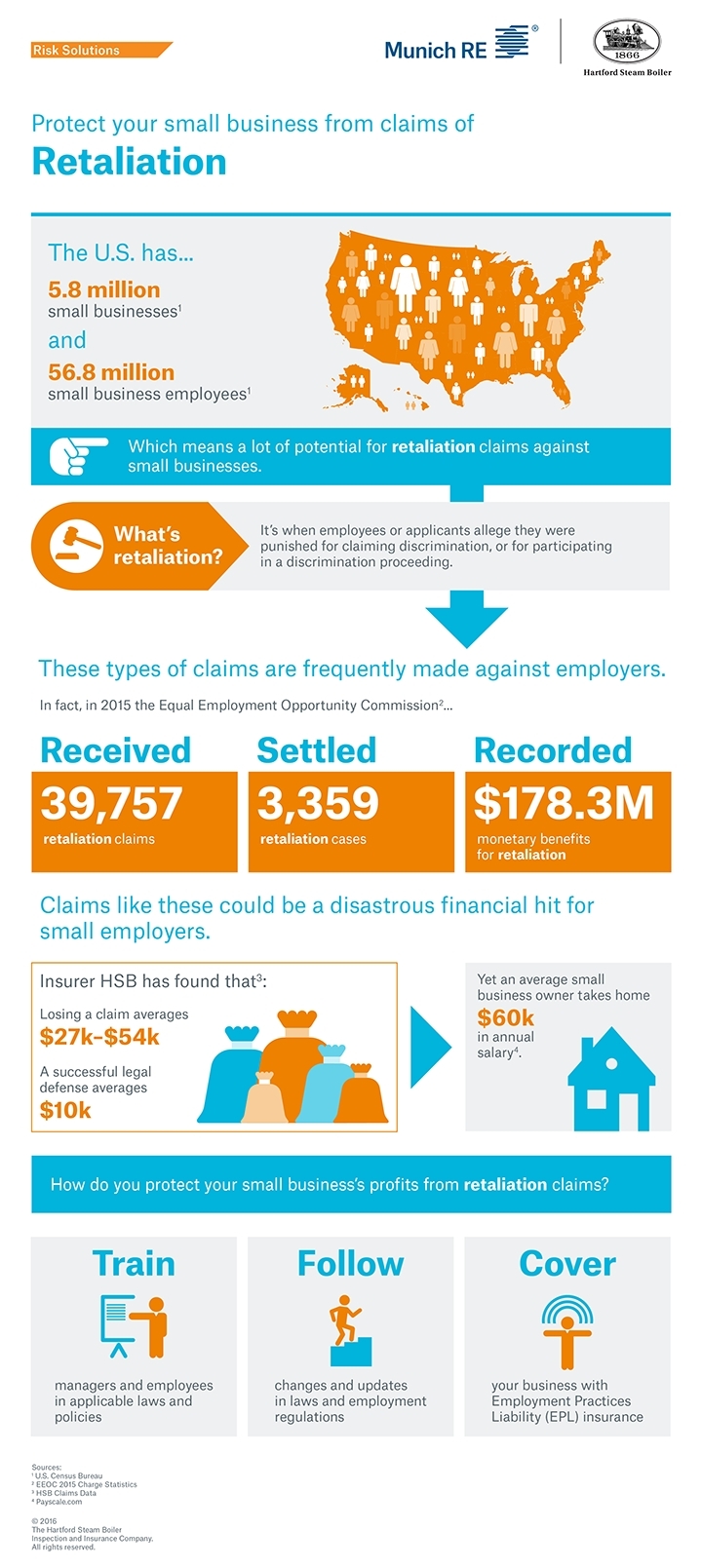How Does A Unicorn Help Small Businesses
.jpg) A store is a place you go to buy stuff, usually out of convenience or habit.
A store is a place you go to buy stuff, usually out of convenience or habit.
In contrast, brands inspire irrational loyalty and yes, even love.
How does a company build itself into a brand that people can fall deeply, madly in love with?
The old model says segmentation is the key to business success. This involves strategically dividing potential customers into groups based on who they are and why/how they’re buying.
Segmentation is a fine marketing tactic, but it won’t help build a brand people can wholeheartedly rally behind.
In fact, segmentation can even work against a brand by diluting the brand identity.
In order to build the type of brand that customers can fall in love with, you must first create a detailed picture of your ideal "unicorn" customer.
Deb Gabor, founder of Sol Marketing offers this real-world example of one brand who thought their top customer was one thing type but research showed wan another.
Gabor said the target company was one of the world’s largest retailers of hookahs and hookah supplies. When asked who they thought their ideal customer was, they described an older Middle-Eastern man.
Says Gabor, “In fact, their ideal customer – the person most likely to bring in the most amount of revenue for this company over time – was a young guy between the ages of 18-28, who wants to bring people together around the hookah.”
According to Gabor, “This top customer is a discerning, curious, fun-loving hookah enthusiast who knows that the most memorable and fun hookah experiences start with the right equipment, accessories, and shisha tobacco.”
She adds, “He wants to be the life of the hookah party. You can see why he’s the ideal customer.”
According to Gabor, this example clearly demonstrates how to define this ideal customer. First, start by asking these three questions:
- Who is the customer who will be worth the most over the long haul?
- Who will be the customer who is the most profitable and delightful to serve?
- Who will not only keep buying from you again and again but will recommend you to others?
Then, create an in-depth profile of this customer – the person who is most highly predictive of your brand’s success. Imagine the ideal customer in excruciating detail: What kind of car do they drive? What clothing do they wear? What’s their perfume? Every minute detail must be worked out in a small business leader’s mind so this person becomes as real as possible. To help fill in the details, consider doing the opposite of segmentation. Think about what unites customers, and create a singular brand that is for a singular customer archetype.
What are the benefits of identifying the ideal “unicorn” customer? Build a stronger brand identity. If a brand can clearly define who its biggest brand champion is, then more doors will open than previously imaginable. The creative process will become easier, and everything the brand does will be more thoroughly informed by this one anchoring concept. The brand purpose becomes unified and less fragmented, making it stronger and more appealing to customers.
• Create a brand that your team can rally behind and be truly passionate about. When you build a brand with a strong identity and purpose, you can then recruit people to be part of the team who also feel strongly about the brand purpose. It’s much easier to inspire the team to put in extra work when they feel like the brand is something worth working for. In fact, it starts to feel less like work and more like plain old fun.
• Make the brand more human. Thinking about the ideal customer as an actual person will help you think about the brand in more emotional terms. The result is a brand that people can relate to on an emotional level.
• Inspire irrational customer loyalty. A strong brand identity makes for a strong company that instills customers with confidence. This means that people come back even if they’re dissatisfied simply because they love the brand and they know the brand will redeem itself.
• Help to better inform segmentation. Without a clear brand identity, segment marketing is like driving around without a clear destination in mind. You might find some interesting things along the way, but you’ll waste time and gas, and you will probably find yourself getting a bit lost. Build a brand first, and then use segmentation to help spread your awesome brand identity far and wide.
Is Segmentation Dead? Segment marketing has its place, and identifying the ideal customer archetype shouldn’t replace segmentation practices. But if your boss has asked you to go out and segment the market, you are probably putting the cart before the horse. First you have to identify the ideal customer, and then you can think about segmentation. Remember, you’re building a brand for ONE and segmenting the market to get your actual product or service in front of many.
Deb Gabor is the author of Branding is Sex: Get Your Customers Laid and Sell the Hell Out of Anything. She is the founder of Sol Marketing which has led brand strategy engagements for organizations ranging from international household names like Dell, Microsoft, and NBC Universal, to digital winners like Allrecipes, Cheezburger, HomeAway and RetailMeNot, and dozens of early-stage tech and digital media titans. For more information, please visit www.solmarketing.com and connect with Deb on Twitter, @deb_sol.




